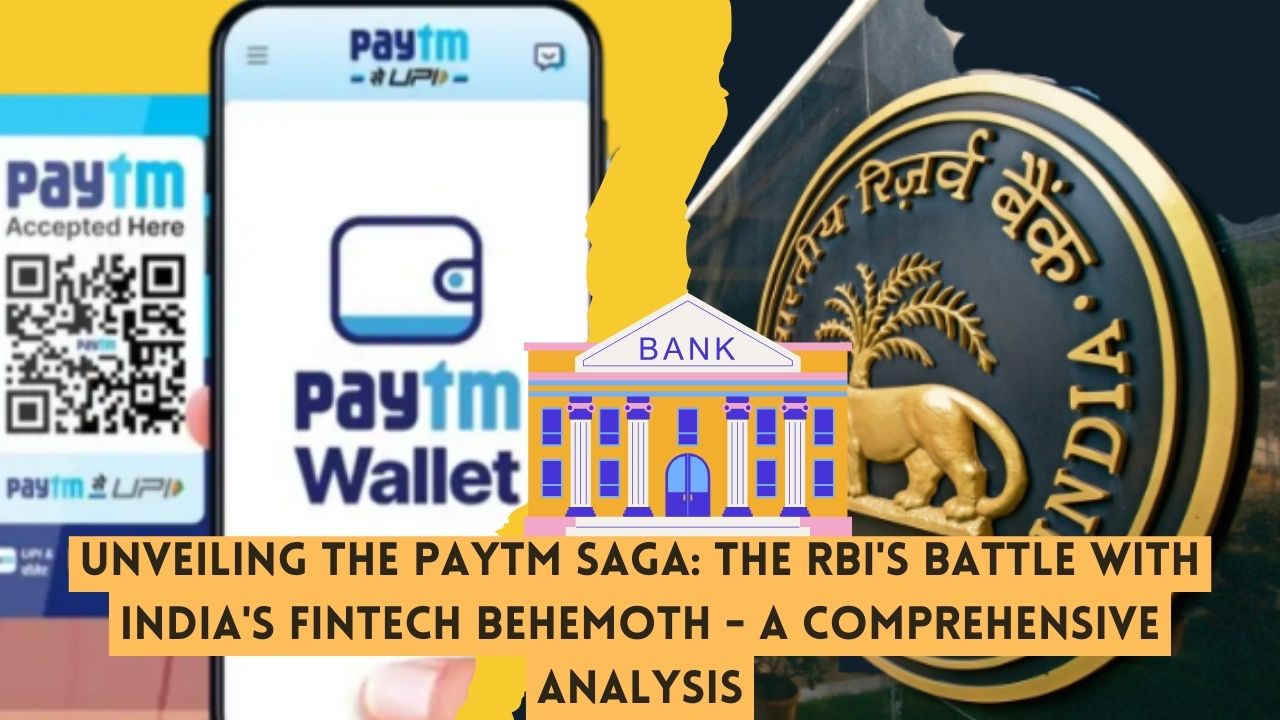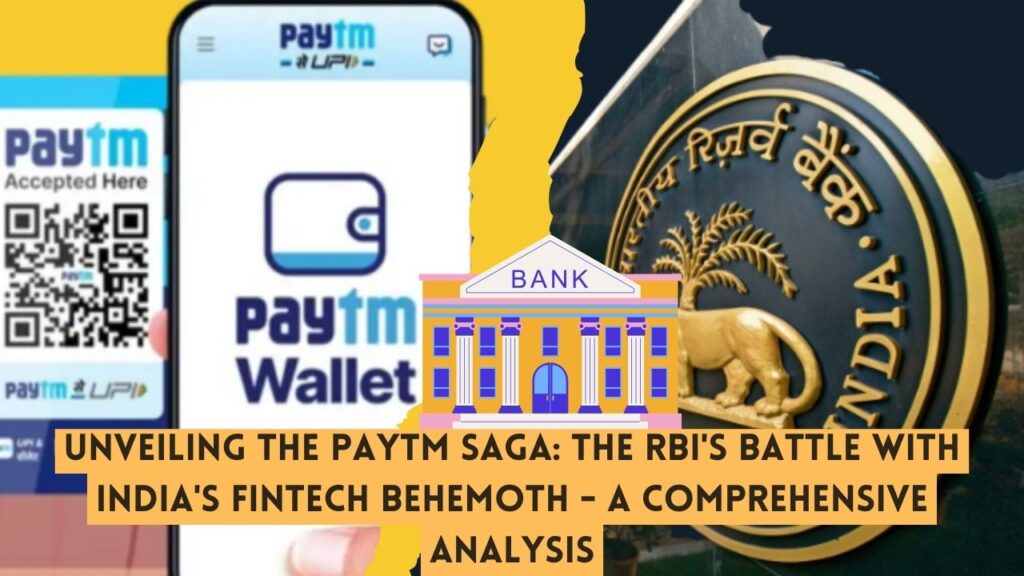

In a stunning turn of events, the Reserve Bank of India (RBI) has taken decisive action against Paytm Payments Bank (Paytm PB), sending shockwaves through India’s burgeoning fintech landscape. The saga began when the RBI issued directives to Paytm PB, demanding the settlement of all pipeline transactions and nodal accounts by March 15, 2024, with a strict prohibition on further transactions thereafter. But what led to this unprecedented move, and what does it mean for Paytm’s millions of users nationwide?
Underneath the surface of Paytm’s flashy success lies a web of regulatory non-compliance and questionable practices. The RBI’s crackdown was prompted by a litany of violations, including breaches of know your customer (KYC) guidelines and alarming instances of PAN validation failures. Shockingly, thousands of cases emerged where a single PAN was linked to over 100 customers, raising serious concerns about data integrity and regulatory oversight.
Moreover, Paytm PB’s close ties with its parent company, One97 Communications Ltd (OCL), raised red flags for the RBI. The regulator noted that Paytm PB’s financial and non-financial operations were intertwined with OCL, violating licensing conditions and casting doubt on the bank’s independence. These revelations paint a troubling picture of a fintech giant operating in murky waters, where regulatory scrutiny has become inevitable.
The fallout from the RBI’s actions has been swift and far-reaching. Paytm PB now faces the prospect of losing its banking license, with the RBI considering either superseding its board or outright cancellation. This seismic shift in regulatory stance has rattled investors and stakeholders alike, raising questions about the future of India’s fintech ecosystem and the credibility of its leading players.
Behind closed doors, Paytm executives have scrambled to contain the crisis, with CEO Vijay Shekhar Sharma meeting Finance Minister Nirmala Sitharaman in a bid to salvage the company’s reputation. However, with the RBI’s findings reportedly shared with key government agencies, including the Enforcement Directorate and the Prime Minister’s Office, the scope of Paytm’s predicament extends far beyond regulatory fines or public scrutiny.
This latest episode is not the first time Paytm has found itself in hot water with regulators. In March 2022, the RBI imposed restrictions on new client registrations for Paytm PB, citing concerns over the bank’s information technology systems. Despite assurances from Paytm’s leadership, persistent compliance issues have continued to plague the company, culminating in the current standoff with the RBI.
As the dust settles on this unfolding drama, the implications for Paytm and the wider fintech industry remain uncertain. Will Paytm be able to weather the storm and emerge stronger, or will its downfall serve as a cautionary tale for India’s fintech pioneers? Only time will tell, but one thing is certain: the Paytm saga has captured the attention of stakeholders across the financial landscape, signaling a watershed moment for India’s regulatory framework and its impact on the digital economy.






